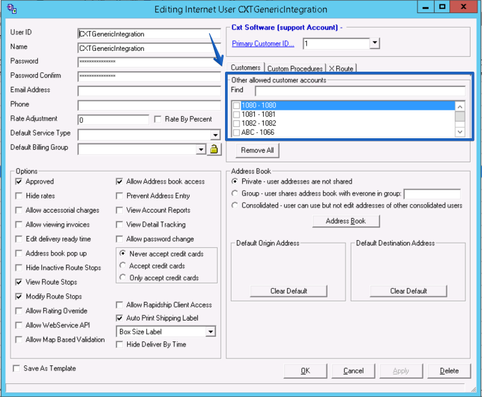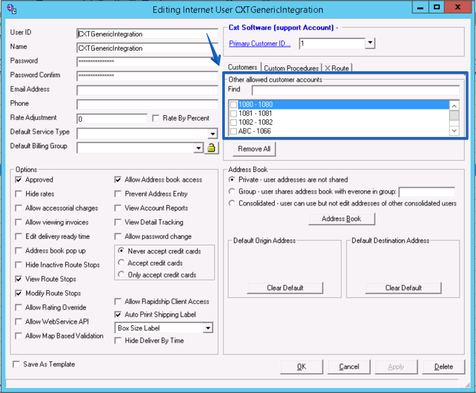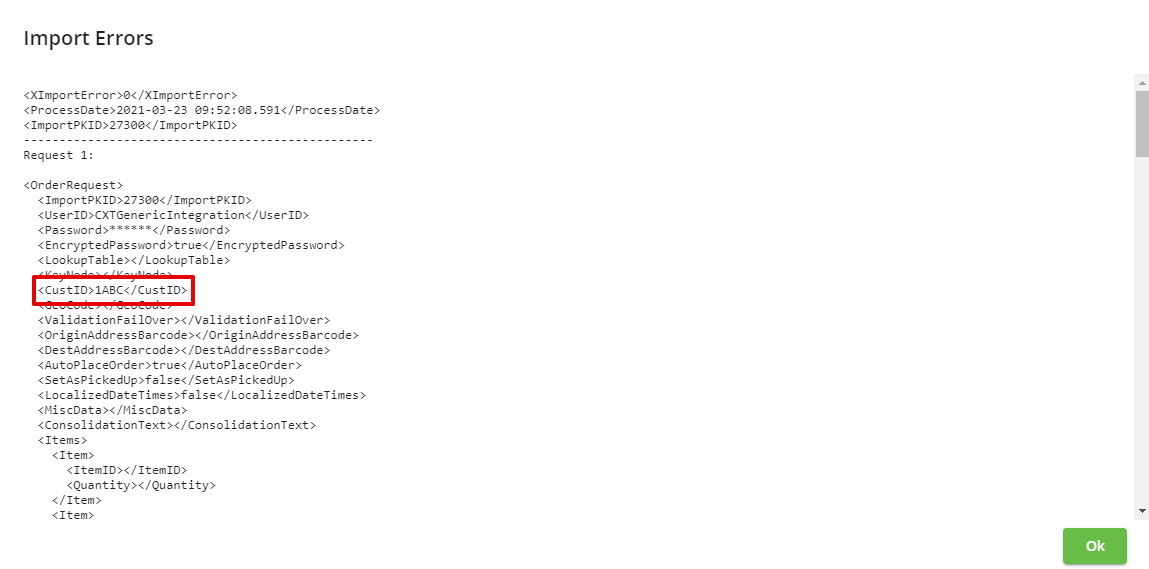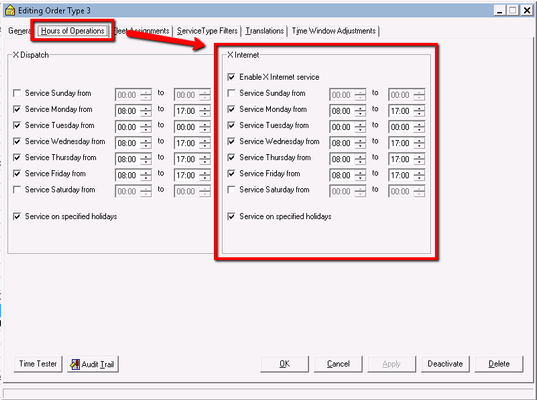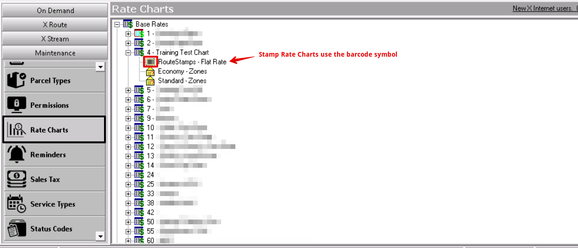...
...
...
...
...
...
...
...
...
| Info |
|---|
This page is for the Classic Operations App. For the Operations App please see Import Audit Log. |
| Anchor | ||||
|---|---|---|---|---|
|
| Table of Contents |
|---|
...
Field Name | Description | |||
|---|---|---|---|---|
CustID | The customer id associated to the X Stream importthe import. If the CustID is 0 or -1, the import was unsuccessful. | |||
Import Start Date | The date and time that the import started. | |||
Import Complete Date | The date and time that the import was completed. | |||
LastProcessedTime | The date and time that the import was last processed. This is updated after every order/route stop is imported. | |||
Type | The type of import:
| X
| X
| .ImportPKID: Critical error. You will need to contact Technical Support to troubleshoot this type
|
TotalSuccessful | Total number of successful orders or route stops imported. Updates per every order/route stop imported. | |||
TotalFailed | Total number of failed imports. | |||
TotalConsolidated | Total number of consolidated orders or route stops imported. Updates per every order/route stop posted. | |||
IPAddress | IP address of where the files were imported from. | |||
ImportFileName | Directory path to the processed folder where the imported file is located. | |||
Errors | A clickable link that will bring up a text file providing the error information if there were any errors when processing, or the XML post info for a ROWS type. | |||
Complete"True" if the | Whether or not an import was completed | successfully, or "False" if the import was not completed successfully.
| ||
Alternate Lookup | Alternate Lookup of the customer associated with the import. |
...
Failed Import and Error Text
If you experience any problems when importing your integration, you can find an error message in the Import Audit Log identifying what went wrong.
To view the error text double click on the link in the Errors column. This will open the ImportError.txt file in Notepad ++.
| Tip |
|---|
Quick Tips
|
...
| Excerpt |
|---|
ErrDescription: Processing orders not allowed outside your customer list
ErrDescription: User ID and/or Password Invalid
ErrDescription: Type mismatch
ErrDescription: There is no service available for this request
ErrDescription: CalculateRateStamp failed - Header Error. Rate chart [x] for this order type does not exist [x] is based on the rate chart assigned to the customer being imported to. This occurs for route stops only.
The file is not importing, no audit trail is visible is the X Stream > Import Audit Log
|

